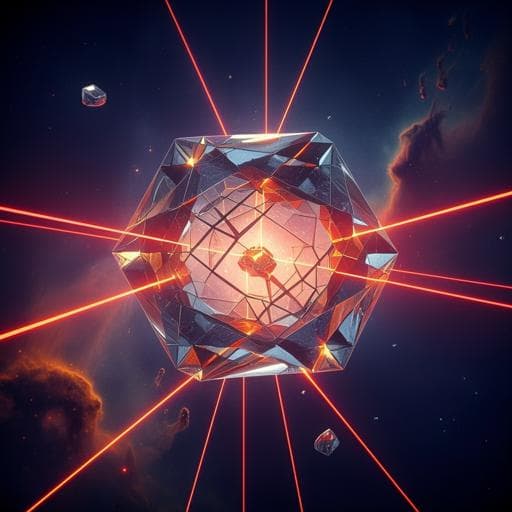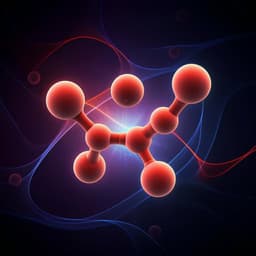
Physics
Quantum Fisher information measurement and verification of the quantum Cramér-Rao bound in a solid-state qubit
M. Yu, Y. Liu, et al.
Discover how Min Yu and colleagues achieved near saturation of the quantum Cramér-Rao bound in phase estimation using a nitrogen-vacancy center in diamond. Their innovative approach showcases the potential for precise quantum parameter estimation in complex systems, paving the way for advancements in quantum technologies.
~3 min • Beginner • English
Related Publications
Explore these studies to deepen your understanding of the subject.







